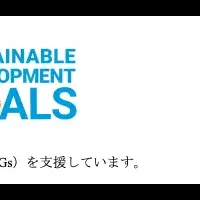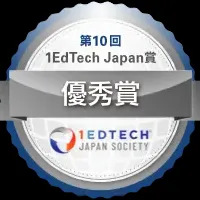
Nine in Ten New York Educators Support Evidence-Based Reading Instruction, But Implementation Lags
Nine in Ten New York Educators Support Evidence-Based Reading Instruction, But Implementation Lags
A recent statewide survey conducted by the Science of Reading Center at SUNY New Paltz has unveiled some compelling insights into the literacy instruction landscape in New York. Despite an overwhelming 90% of the educators expressing strong support for the Science of Reading approach, notably, only 28% claim to use it as their primary strategy. This survey sheds light on the existing gaps in preparation and training, which could be hindering effective implementation in classrooms.
The report titled "How Is It Going? Insights from NYS Educators on the Implementation of the Science of Reading" provides a thorough examination of current practices and attitudes among teachers as the state moves closer to a mandated full implementation of the Back to Basics Reading Plan by September 2025. Rosamund Else-Mitchell, Executive Director of the Science of Reading Center, highlighted that the enthusiasm for this scientifically-backed approach greatly surpasses the available support systems to effectuate it smoothly.
Dr. Kymyona Burk, a Senior Fellow at the Center, emphasized the critical need for sustained professional development. Investing in teachers is seen as pivotal to ensuring students acquire proficient reading skills, which serve as the foundation for all learning. As Burk noted, “when teachers are adequately supported, they can guarantee that every learner develops strong reading abilities.”
Key Findings from the Survey
1. Support vs. Application: While more than 90% of the educators endorse the Science of Reading, only a small fraction report utilizing it as their main instructional method. Most tend to mix evidence-based strategies with alternative approaches, indicating a potential reluctance to fully commit to the new methodology.
2. Curriculum Adoption: Approximately 70% of schools are either implementing or experimenting with curricula aligned with the Science of Reading. However, numerous educators still rely on supplemental materials or create their resources to address discrepancies and uncertainties in curriculum adoption.
3. Limited Pre-service Preparation: A stark reality surfaces with only 8% of surveyed educators reporting significant training in evidence-based reading practices during their teacher preparation. A considerable 70% noted minimal exposure to these vital concepts in their formal education.
4. High Demand for Professional Learning: A notable 75% of educators expressed a strong interest in professional development focused on the Science of Reading. Areas of interest include effective integration of writing, small group instructions, and strategies for supporting students with dyslexia.
5. Relying on External Resources: With 45% obtaining training from their districts, many educators are seeking knowledge from books, webinars, and online communities that may not always align with the best practice standards.
The Science of Reading Center at SUNY New Paltz is actively striving to bridge the divide between research and classroom implementation. They offer various training opportunities, including their Science of Reading Fundamentals microcredential, and are committed to providing free resources that equip educators with the confidence and community necessary for successful evidence-based reading instruction.
About the Survey
Conducted in January 2025, the survey included participation from 765 educators, including classroom teachers, literacy specialists, and administrators. They responded to a comprehensive 17-question survey aimed at gauging their perspectives on the adoption of evidence-based reading practices.
About the Science of Reading Center at SUNY New Paltz
Founded in 2023, the Science of Reading Center endeavors to uplift educators across New York and beyond through research-based professional learning initiatives, partnerships, and microcredential programs. Their mission is to empower educators with the essential tools to enhance literacy outcomes for all learners.
Topics Other)










【About Using Articles】
You can freely use the title and article content by linking to the page where the article is posted.
※ Images cannot be used.
【About Links】
Links are free to use.